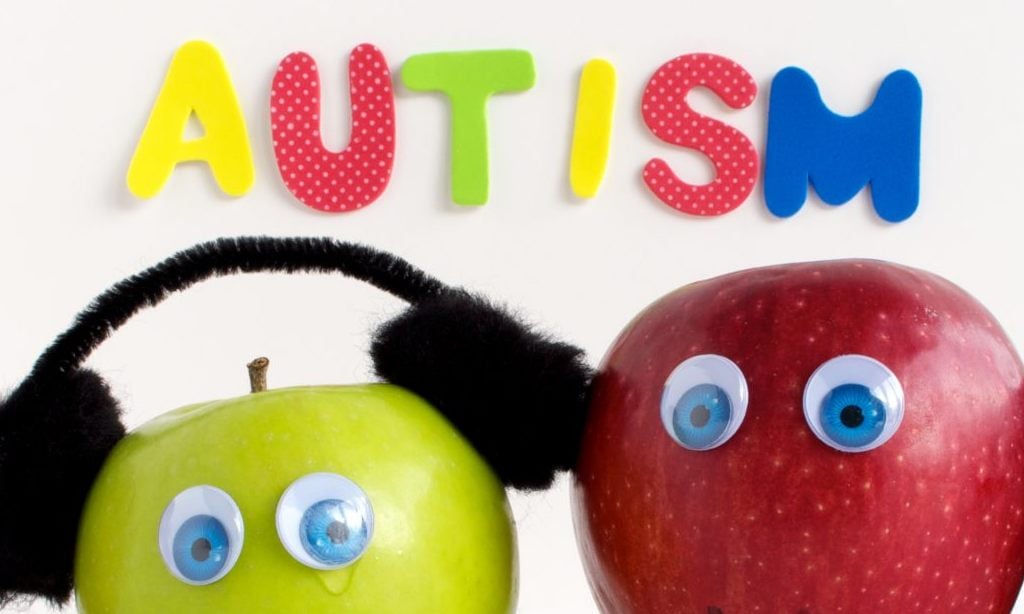Have you ever felt that the one-size-fits-all approach to education isn’t working for your child with ASD? Your child perceives and interacts with the world uniquely and, thus, needs a unique approach to education. There is no other child quite like yours, so how can you expect a teacher with 25-30 other students to meet the unique, individual needs of your child? When you add ASD to this equation, the problems compound. If your child ends up in a learning support class with other autistic children, that can make life difficult. Often your child may pick up negative social and academic behaviors that can impede their ability to grow.
Having the one-on-one time with your child to individualize your approach to education could make homeschooling a perfect option. And it can take bullying out of the equation as you can turn to the safety and controlled environment of your home.
Reasons to consider homeschooling your child with Autism Spectrum Disorder:
- You want more control over your child’s learning environment.
- You want your child to have an individualized approach to learning.
- You want to reduce anxiety, stress, and bullying in your child’s life.
- You want to keep your child safe.
- You want more time with your child and to see your child succeed.
- You want to know what your child is learning and to see that learning process first hand.
- You want to choose your child’s schedule and have more free time!
Tips and Strategies for ASD Homeschooling
When choosing to homeschool, it’s important that you have as much support and resources as possible. Whether you are a trained educator or not, you CAN educate your child with ASD. But, you’ll need to be sure to keep the following important components of your child’s education in mind when crafting your approach and in your day-to-day interaction and schedule. Instruction of an autistic child will be at your hands with someone he or she trusts. You will be able to choose a curriculum that best fits your child’s interests and stays away from his or her triggers. Set up an educational routine and schedule that works for your family and child’s specific needs including therapies, sensory breaks, meal and snack times, and more.
- Work with topic fixations, not against them. Repetitive behavior, such as arm flapping, rocking, jumping, etc., are often used to deal with stress and anxiety. Therefore, topic-based fixations occur when children become obsessed with a certain subject, object, or theme, such as computers, trains, animals, etc. As a parent and teacher, you can use fixations to engage your child through their interests – they don’t have to be a hindrance or something that distances you from your child. Fixations are a window into their mind! Find an aspect of your child’s current favorite topic that can relate to your lessons.
- Share your power as the authority figure with your child. Empowering your autistic child to make decisions about their education and putting them in a natural position of leadership, will increase their confidence and help them develop critical thinking skills. And it will keep you focused and motivated to push through setbacks.
- Encourage real-world socialization. The question that often weighs the heaviest on the minds of parents of autistic children is: Will my child be able to function in the real-world? If you are worried about real-world skills and preparation, don’t wait to start building those skills. While there are many different types of therapies for autistic children in general socialization, real-world socialization can happen anywhere, anytime! Socialization is also an area where you can use your child’s topic-based fixations to connect with them and enhance their development.
- Incorporate physical exercise. Physical movement is crucial for kids with autism and should be done daily during the homeschool routine. Repetitive physical movement such as jumping, pedaling a bicycle, or swinging can soothe your autistic child while providing the sensory input needed to sit still and learn. The curriculum for physical education is up to you, and all forms of exercise are acceptable! Read up on sports that can be done in your backyard, as well as consider group classes such as karate, swimming, tennis, and more that take place at your local YMCA.
- Stick to your schedule but take frequent breaks. Children with ASD often thrive on routine and structure. Having a daily schedule that is visually posted for your child to reference is of no use if you do not stick to it. While it may be hard for you to stay structured, this choice will pay dividends of comfort and ease of your homeschooling day. While you should stick to your schedule as much as possible, chances are your child with ASD will need frequent breaks to decompress, find sensory input, or simply take a break from learning.
- Know when to ask for help. Asking for help is perhaps the most important thing to remember when homeschooling your autistic child. Undertaking the challenge of homeschooling a child with autism is a huge task, and it is important that you are never alone throughout the process. Your first form of support will come from your spouse and your child’s siblings if they have them. Ask other family members to be understanding and accepting of your autistic child when they are going through a hard time. And, equip them with tools to help handle situations, so that you are occasionally free to get the rest you need. Help can also come from different places outside the home.
Educating a child with an Autism spectrum diagnosis can be a challenging but extremely rewarding mission for parents. Here at Bridgeway Academy, we have all the tools and support homeschool parents need to succeed in meeting the various emotional and educational needs of ASD kids.
To learn more about homeschooling with ASD, download this free resource!








